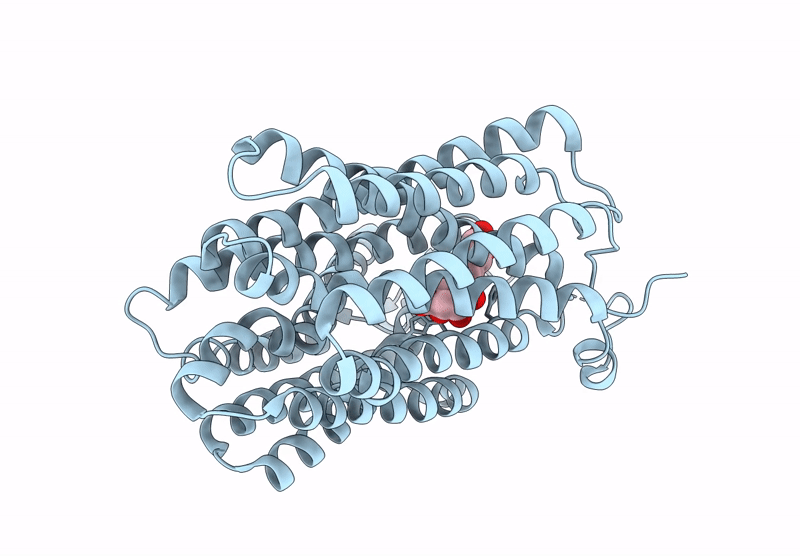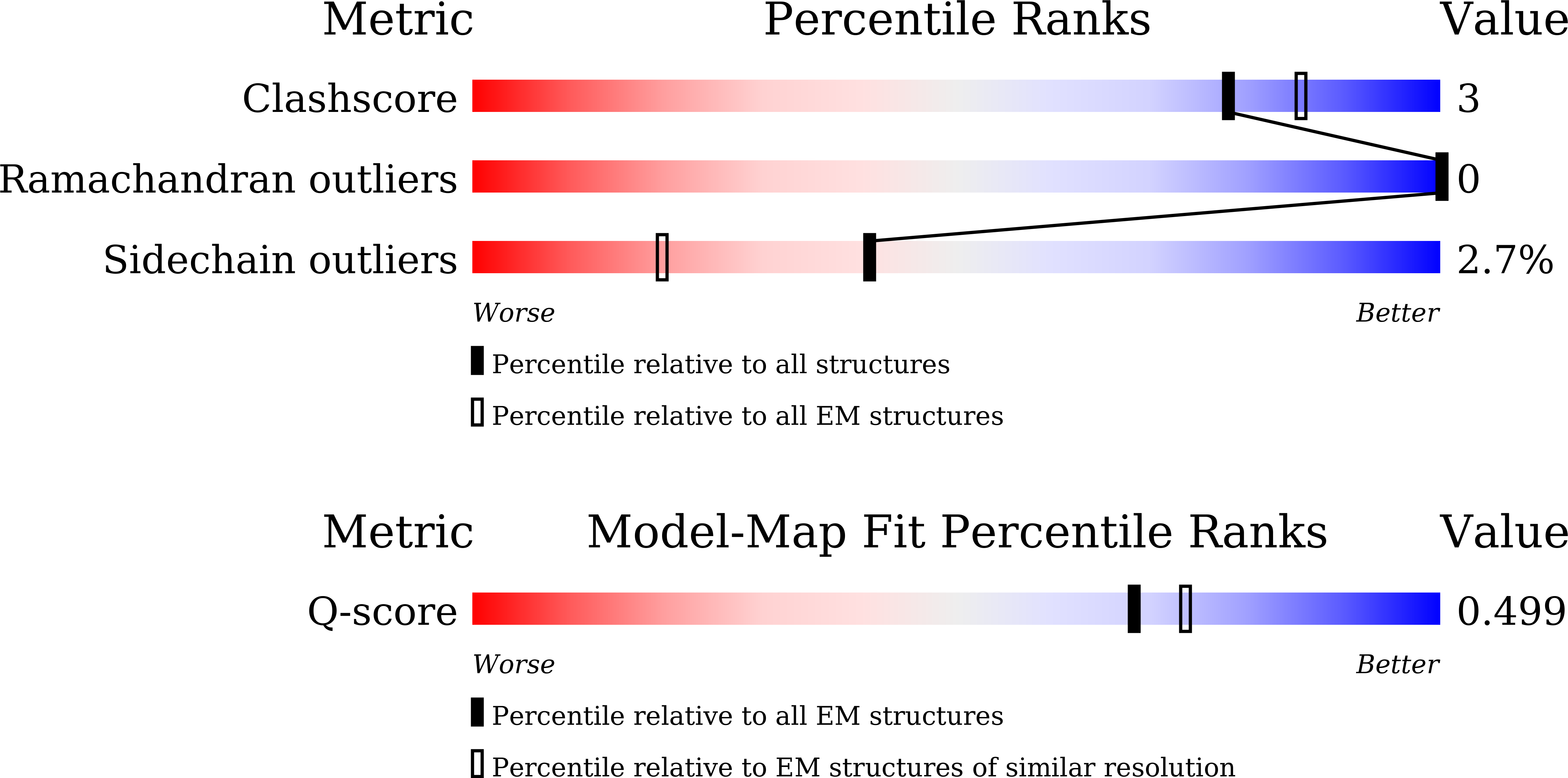
Deposition Date
2024-12-04
Release Date
2025-11-12
Last Version Date
2025-11-12
Entry Detail
PDB ID:
9KV0
Keywords:
Title:
Cryo-EM structure of human G6PT in complex with chlorogenic acid
Biological Source:
Source Organism:
Homo sapiens (Taxon ID: 9606)
Host Organism:
Method Details:
Experimental Method:
Resolution:
3.40 Å
Aggregation State:
PARTICLE
Reconstruction Method:
SINGLE PARTICLE


